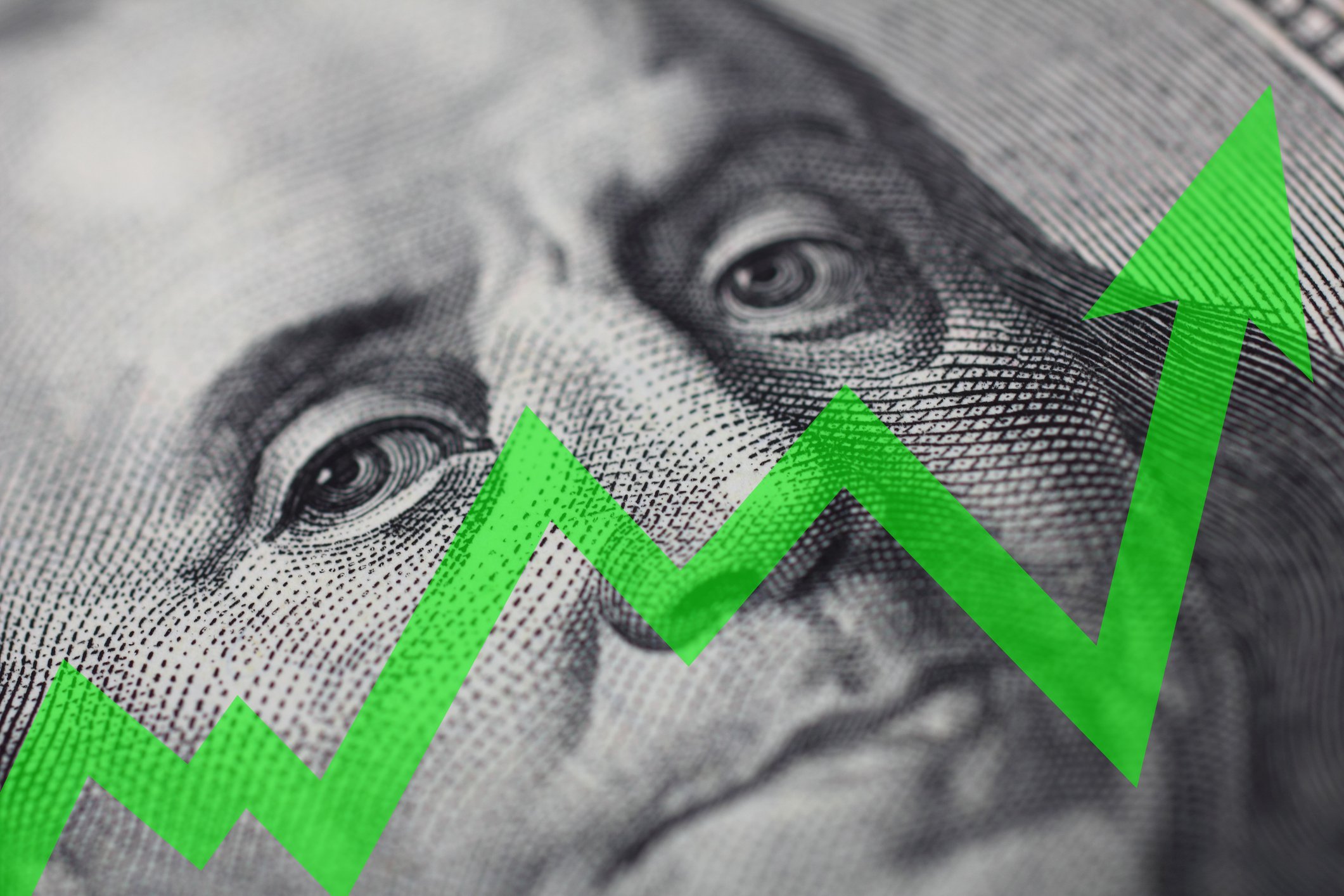Amazon's (AMZN 2.47%) Prime service now has 90 million members in the United States, according to new data from Consumer Intelligence Research Partners (CIRP).
The report shows that 63% of the online retailer's customers join Prime, which gives members free two-day shipping and other perks. That means that Amazon has a total customer reach of nearly 143 million customers in the U.S. alone.
Just on the Prime side, where members pay either $99 a year or $10.99 a month, Amazon has roughly doubled its audience from Sept. 2015 to Sept. 2017, according to CIRP's data. That brings the company to an interesting milestone: If current trends hold, it won't be long before Amazon Prime has more customers than the largest pay-television providers, representing about 95% of the total market.

Prime has more or less doubled its customer base over the past two years. Image source: CIRP.
What do the numbers say?
The U.S. cable audience has been slowly but steadily declining as more people have cut the cord. The numbers have been getting worse since 2013 when the industry posted a loss of 105,000 customers. Those drops started to accelerate in 2015 when the biggest pay-TV providers lost 385,000 subscribers, and it got dramatically worse in 2016, when 795,000 cable customers cut their cords, according to data from Leichtman Research Group.
As of the second quarter of 2017, the pay-TV industry has lost another 1,055,000 customers. That brings the audience for the major players in the space to 92,626,990 subscribers and the total industry to roughly 97.5 million. That's still bigger than Amazon's 90 million Prime subscribers, but the online retailer's gain, coupled with the cable industry's losses, suggests that edge may not survive the end of the year.

Amazon has been adding Prime members at an impressive rate. Image source: Amazon.
Why is Prime important?
Amazon Prime members spend more than non-members, about $1,300 a year versus $700, according to CIRP. They also have proven incredibly loyal, which gives the online retailer protection against new competitors or business models.
"Even as Amazon Prime adds late adopters to the ranks of Prime members, loyalty remains high," said CIRP partner Mike Levin in a press release. "The share of members that indicate they are likely to renew for another year has remained high for several quarters, always comfortably above 90%. In fact, in some quarters, literally no customers in the sample indicated they would definitely not renew their Amazon Prime membership."
Prime acts as a tether that keeps customers connected to Amazon. The free shipping becomes more valuable the more often they use it. That drives more orders for Prime members, which makes the service more entwined in their daily lives.
A Prime member isn't going to leave because another retailer has an item or two at a better price. In fact, the convenience of being a member of Amazon's service makes it likely that for small differences in cost, Prime members are unlikely to go through the data-entry chores needed to shop elsewhere.
Amazon has built a business model that seems unassailable in the current market. Of course, at one point, cable could say that too. Eventually, something will come along that upends how consumers shop -- enough to threaten Amazon. That day does not appear to be soon. And Prime should continue to expand its membership, adding to the online leader's edge over its rivals.






